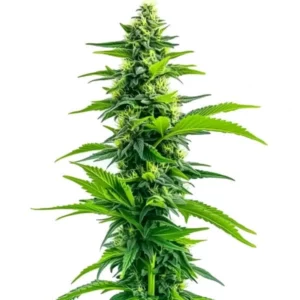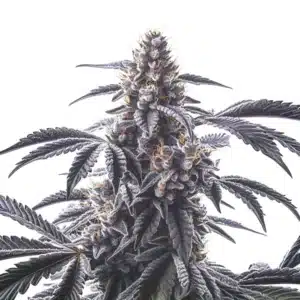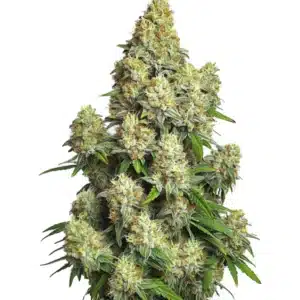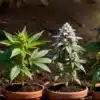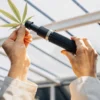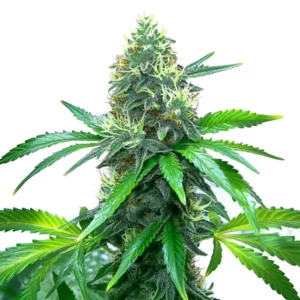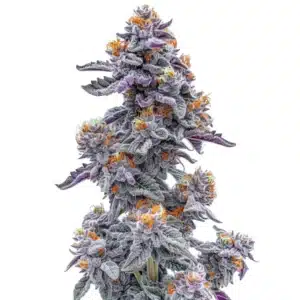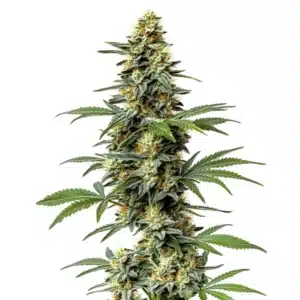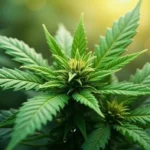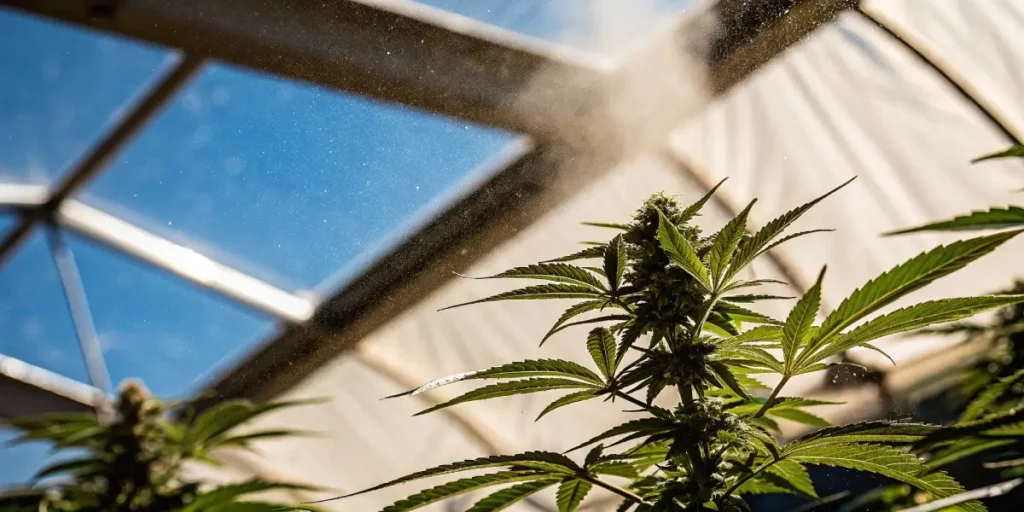
The Freshness Thief: How to Stop Oxidation in Your Cannabis Plants
You know how a sliced apple turns brown and mushy if you leave it on the counter? That’s oxidation. It’s a slow, silent process of degradation caused by exposure to oxygen. And believe it or not, the same thing can happen to your cannabis plant, both while it’s alive and long after you’ve harvested it.
Oxidation is the thief that robs your plants of their vibrant green color, their powerful aroma, and their precious potency. But you can fight back. Preventing oxidation is all about building a stable fortress around your plant.
Recommended Strains
Acapulco Gold
|
|
THC | 15% - 19% (Medium) |
|
|
Type | Feminized |
|
|
Yield | Medium |
|
|
Phenotype | 30% Indica / 70% Sativa |
Acapulco Gold Autoflower
|
|
THC | 20% - 24% (Medium) |
|
|
Type | Autoflowering |
|
|
Yield | Medium |
|
|
Phenotype | 30% Indica / 70% Sativa |
The Root of Oxidation: It Starts with Unstable pH
So where does this internal “rusting” process begin? It almost always starts with a fundamental problem in the root zone: an unstable pH.
If your watering pH is swinging all over the place, your plant’s internal systems go into chaos. It can’t absorb the nutrients it needs to build its defenses. Its cells weaken. The whole plant becomes vulnerable to the cascade of damage that is oxidative stress. This is why the most important rule is the one I will never stop repeating: for soil grows, keep your watering pH locked in at a stable 6.0, measured after you add your nutrients. A stable pH is your number one shield against oxidation.
Promos & Deals
The Grower’s Secret Weapon: Nettle Tea
Want to know a secret from old-school organic growers for actively fighting oxidation? Stinging Nettle Tea.
This is a game-changer. You simply make a fresh “tea” (un caldo) by steeping nettle leaves in hot water. Let it cool, strain it, and put it in a spray bottle. Then, apply it as a foliar spray to your plants.
Why does this work? Because fresh nettle tea is a super-charged, all-natural cocktail of vitamins, antioxidants, and powerful plant hormones like gibberellins. It’s like giving your plant a green smoothie that directly bolsters its internal defense force. You are fighting oxidation with the raw power of another plant. It’s a beautiful, Sustainable technique. Just remember to gently clean the undersides of the leaves with a simple water spray now and then to keep the plant’s pores (stomata) clear so it can breathe.
The Final Battle: Harvest and Cure
The fight against oxidation doesn’t stop when you chop the plant down. In fact, that’s when your harvest is most vulnerable.
- Drying: You must dry your cannabis slowly in a cool, dark, and well-ventilated space. Heat and light are massive accelerators of oxidation and will destroy your terpenes and cannabinoids.
- Curing: Once dry, the cure is essential. Storing your buds in airtight glass jars in a cool, dark place is the only way to protect them from oxygen and preserve their quality for the long term.
When you Cultivate with these principles, you are doing more than just growing a plant; you are preserving its essence. Strains known for their robust genetics, like Blue Dream and OG Kush, have a strong natural resistance to oxidation, meaning their flavors and effects hold up exceptionally well to a proper cure. You Nurture them in the grow, and you protect them after the harvest. That’s the path to a truly exceptional Homegrown product.
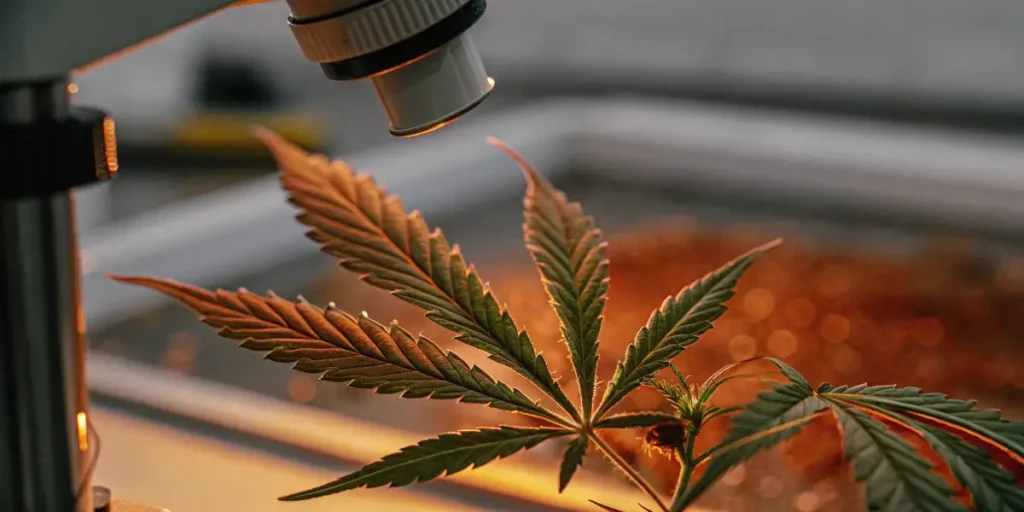
Frequently Asked Questions
What is cannabis plant oxidation in simple terms?
It’s the process of degradation from exposure to oxygen, just like an apple turning brown. In a living plant, it’s a sign of stress that can cause leaves to look unhealthy. After harvest, it’s what destroys the flavor, aroma, and potency of your buds if they aren’t dried and cured properly.
What is the most important factor in preventing oxidation in a living plant?
A stable pH. Keeping your watering pH for soil locked in at 6.0 is the best defense. This ensures the plant is healthy and not stressed, which is the primary trigger for the internal cellular breakdown (oxidation) in the first place.
Is there a natural way to help my plants fight oxidation?
Yes. A fantastic organic method is to make a fresh tea from stinging nettle leaves and use it as a foliar spray. Nettle tea is packed with natural vitamins, antioxidants, and plant hormones that act as a direct boost to your plant’s internal defense system, helping it fight off the cellular damage of oxidation.
Does the fight against oxidation end after I harvest my plants?
No, it’s just beginning. The drying and curing process is a critical battle against oxidation. To preserve the quality of your harvest, you must dry your buds slowly in a cool, dark place and then cure them in airtight glass jars to protect them from their biggest enemies: oxygen, light, and heat.


